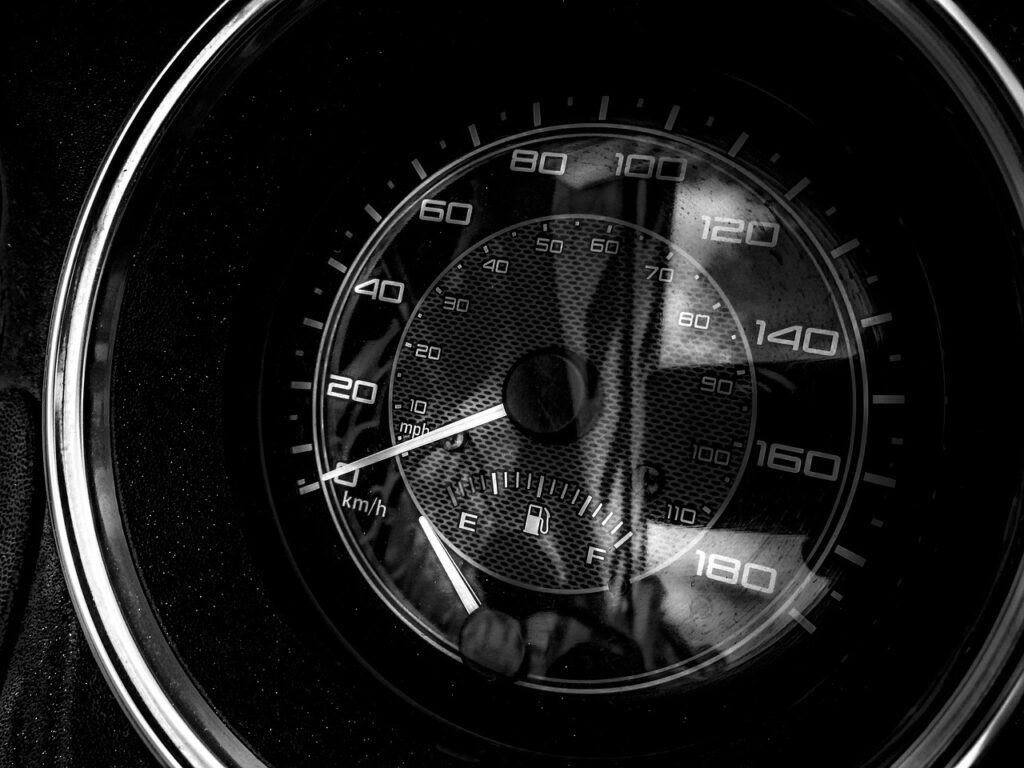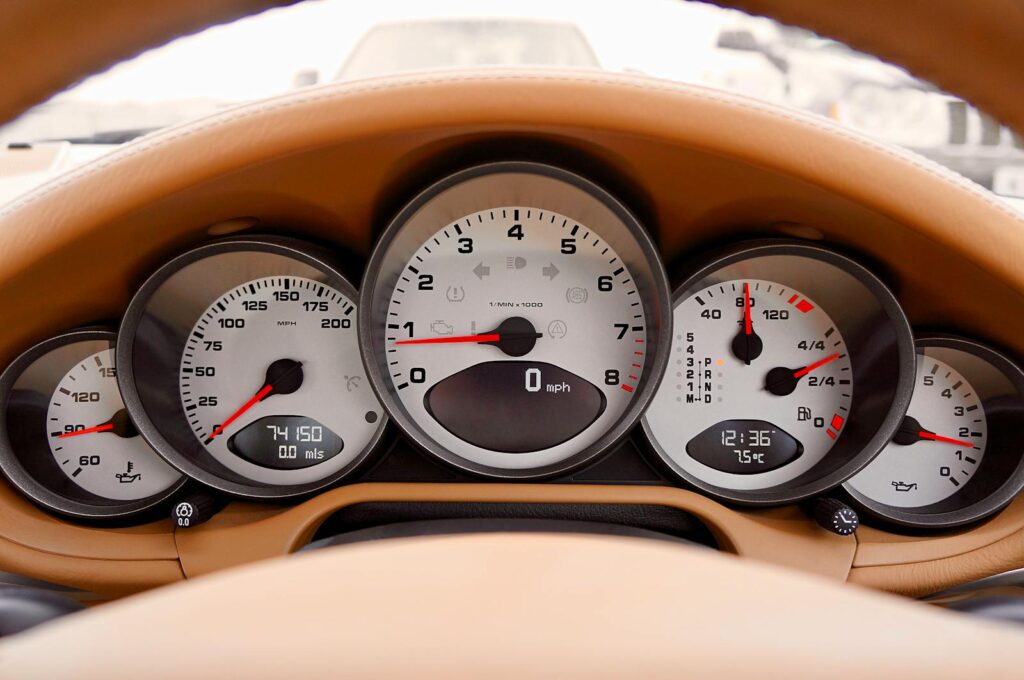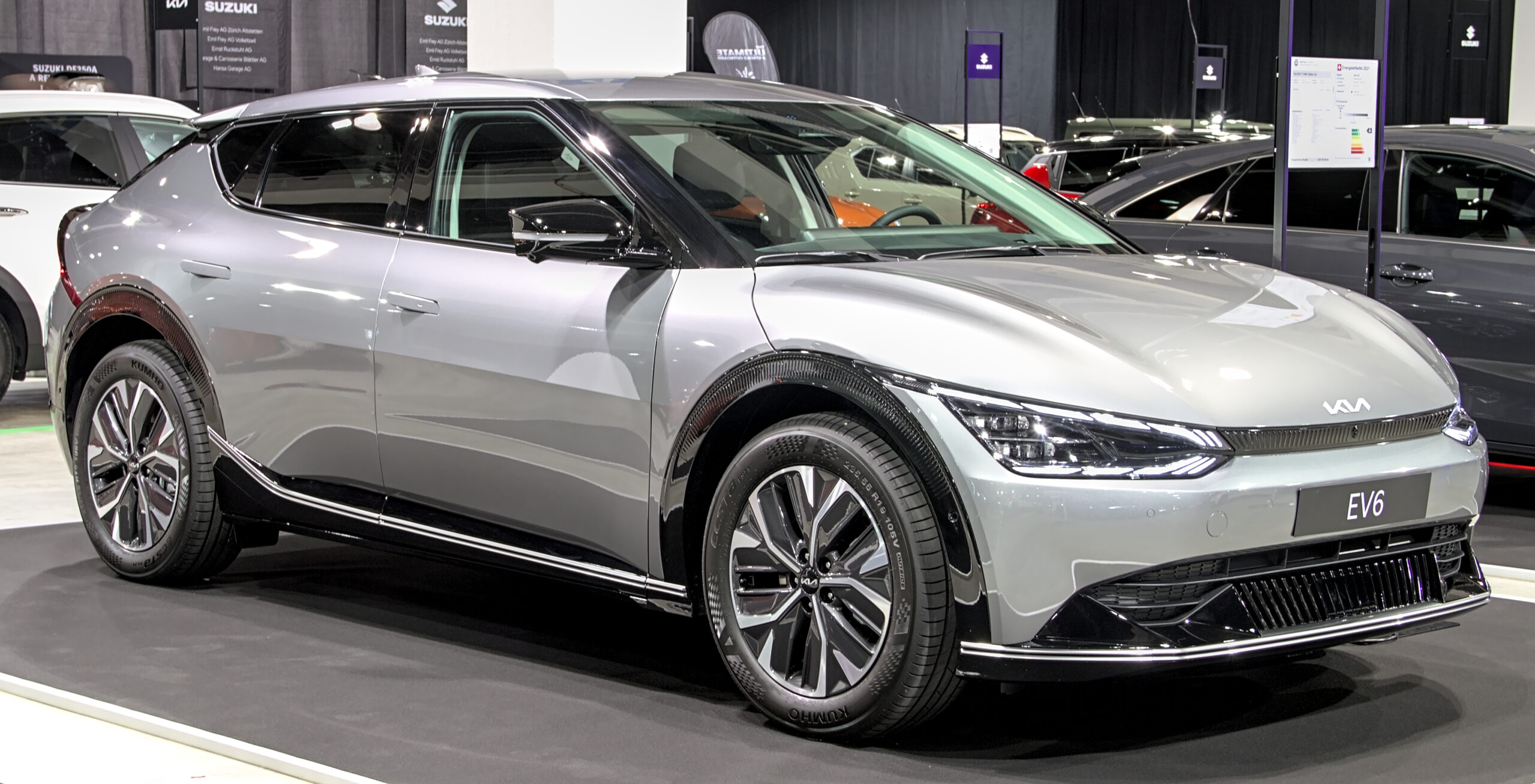
For many years, the mention of a used car with over 100,000 miles on the odometer was enough to send potential buyers running in the opposite direction. It was a deeply ingrained belief that such a vehicle was nearing the end of its useful life, destined for a parade of costly repairs and dwindling reliability. This traditional viewpoint, while once holding some truth in an older automotive era, no longer reflects the reality of today’s vehicle landscape. Modern manufacturing techniques, superior materials, and advanced engine technologies have dramatically extended the lifespan of cars, making the 100,000-mile mark less of a death knell and more of a significant milestone that warrants a closer, more informed look.
Indeed, the narrative surrounding used car mileage has evolved considerably. What was once a straightforward number indicating wear and tear is now understood as just one piece of a larger, more complex puzzle. Savvy consumers and automotive experts alike recognize that a car’s overall condition, its detailed maintenance history, and even the type of driving it has endured often tell a far more important story than the digit display alone. This shift in perspective means that dismissing a high-mileage vehicle outright could mean overlooking a perfectly viable and economical option.
This in-depth guide aims to equip you with the knowledge and tools necessary to navigate the used car market confidently, especially when considering vehicles that have accumulated substantial mileage. We will delve into the nuances of what constitutes ‘good’ mileage, challenge long-held myths, and highlight the critical factors that truly influence a car’s longevity and value. By understanding these elements, you can make a well-informed decision that aligns with your needs and budget, transforming what might seem like a risky purchase into a smart, value-driven investment.
1. **The Average Mileage Rule: Understanding “Good” Mileage**When beginning the search for a used car, one of the first questions that typically arises is: what exactly constitutes “good mileage”? A commonly accepted benchmark provides a helpful starting point for this assessment. Experts generally agree that the average vehicle accrues approximately 10,000 to 12,000 miles per year, with some sources extending this range to 13,500 or even 15,000 miles annually. This figure serves as a basic rule of thumb to estimate if a car’s odometer reading is within a reasonable range for its age.
To apply this rule, you can simply divide the car’s odometer reading by its age. For instance, if you are evaluating a 5-year-old vehicle, an expected mileage range would be between 50,000 and 60,000 miles, or up to 75,000 miles depending on the higher end of the annual average used. A car with mileage significantly below this average might initially seem more appealing, suggesting less wear and tear. However, it’s crucial to remember that ultra-low mileage can also present its own set of problems, as cars that sit unused for extended periods can suffer from issues like dry rot in rubber seals, fluid degradation, and even brake issues due to inactivity.
Conversely, a car with mileage significantly above the annual average for its age might indicate high usage, which isn’t necessarily a bad sign if that usage primarily involved highway driving. The key takeaway here is that while the average annual mileage rule provides a helpful initial calculation, it’s merely a starting point. It helps in quickly gauging whether a car has been driven more or less than typical, but a deeper dive into other factors is always warranted before making a judgment.
Read more about: Warning! These 8 Dream Sports Cars Could Become Your Worst Nightmare Before 70,000 Miles
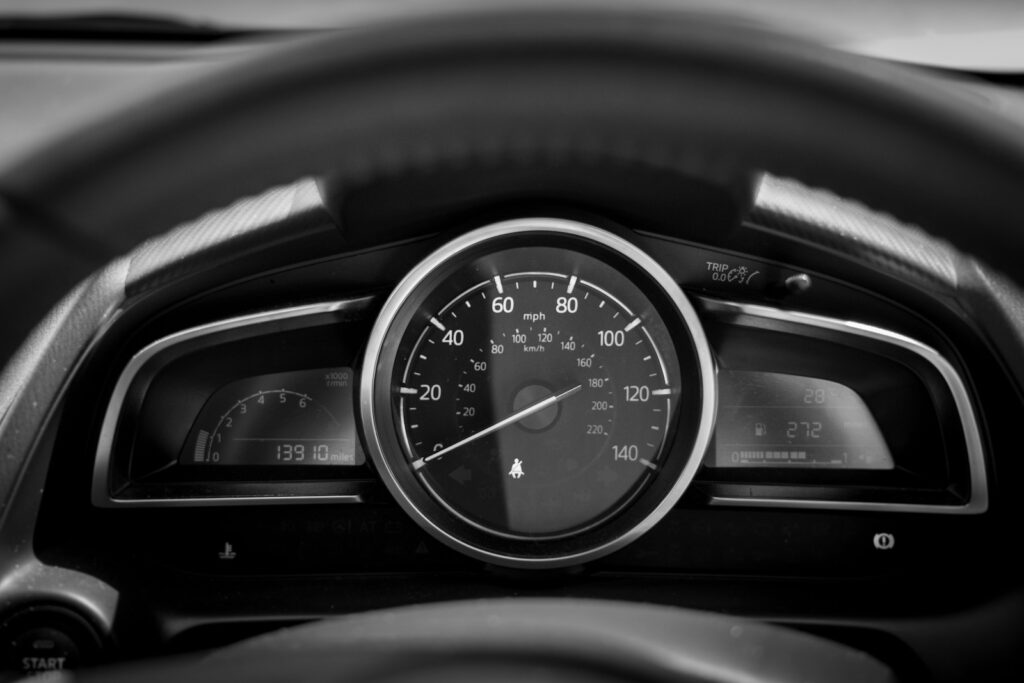
2. **Debunking the 100,000-Mile Myth: Modern Reliability**For generations of car buyers, the 100,000-mile mark was considered a definitive barrier, signaling that a used vehicle was nearing its inevitable demise. This traditional view held that cars exceeding this mileage were ticking time bombs, poised to incur frequent and expensive repairs. While this perception may have been accurate for vehicles from earlier decades, advances in automotive technology have fundamentally altered this landscape, rendering the 100,000-mile cutoff largely a myth in the modern era.
Contemporary vehicles are engineered with significantly improved durability and reliability in mind. Engines, transmissions, and other critical components are built to much higher standards, allowing many modern cars to perform reliably well beyond the six-figure odometer reading. Brands like Toyota and Honda, for example, are frequently cited for producing vehicles that regularly exceed 200,000 miles with proper care, showcasing a testament to their robust construction and engineering prowess.
Therefore, while a car reaching 100,000 miles might indeed begin to require more attention to maintenance and potentially some component replacements, it is no longer the definitive end of its lifespan. Instead, it should be viewed as a point where a more thorough investigation becomes essential. Buyers are encouraged to look past this once-feared number and instead focus on the car’s overall condition, its maintenance history, and the reputation of its make and model, understanding that a well-cared-for vehicle can offer many more years of dependable service.

3. **Mileage vs. Condition: Why Hidden Factors Matter More**While the odometer reading provides a snapshot of a vehicle’s life, it tells only a fraction of the full story. The true condition of a used car is a complex interplay of various hidden factors that often outweigh mileage alone. Thinking of mileage as just ‘Chapter One’ of a car’s diary, it’s the subsequent chapters that truly reveal its narrative – how it was driven, how it was maintained, and where it spent its life.
Foremost among these hidden factors is the car’s maintenance history. Regular oil changes, timely fluid replacements, and adherence to manufacturer-recommended service intervals are the lifeblood of any modern engine. A 5-year-old sedan with 80,000 miles that comes with a stack of service receipts detailing diligent care might be in far better shape than a 10-year-old car with 60,000 miles that has a spotty or non-existent maintenance record. The presence of comprehensive service records is a powerful indicator of an owner who valued their vehicle and invested in its longevity.
Another critical, often overlooked, factor is the ownership count. A vehicle with a single, meticulous owner typically presents a more reliable prospect than one that has passed through several hands. Multiple previous owners can mean inconsistent maintenance practices, varied driving styles, and a general lack of continuous care, making it harder to track the car’s true history and condition, even if the mileage appears reasonable. This is why digging deeper into these less obvious elements is paramount for a smart purchase.
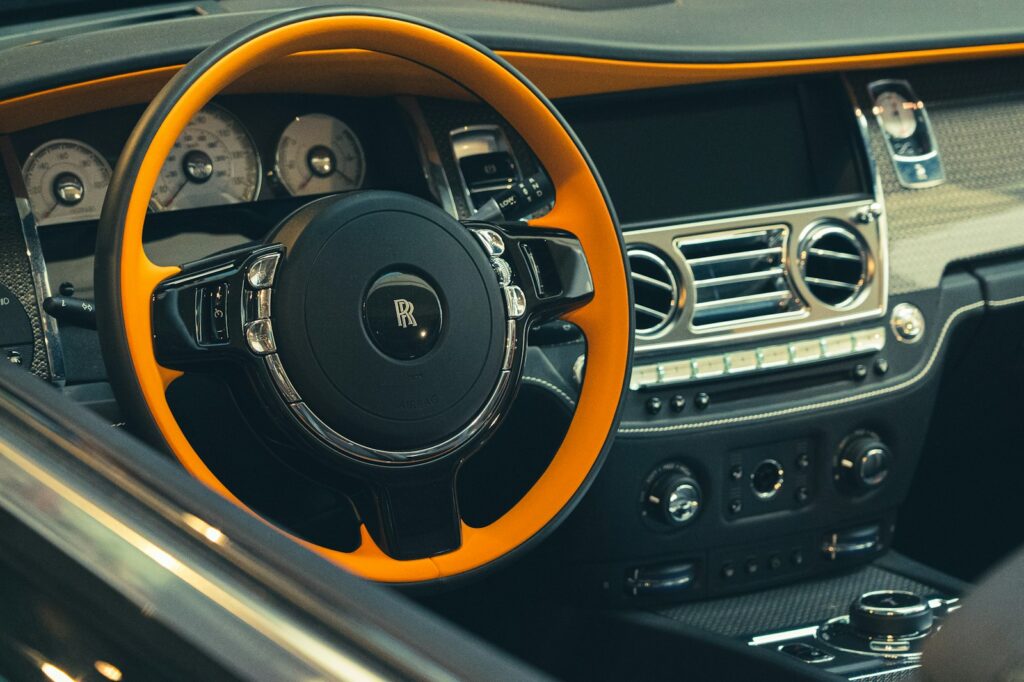
4. **The Impact of Driving Conditions: Highway vs. City Miles**Not all miles are created equal, a truth that significantly impacts a used car’s condition and expected lifespan. The distinction between highway driving and city driving is particularly crucial, as each type of usage places different demands on a vehicle’s components. Understanding this difference can help potential buyers evaluate high-mileage cars more accurately, knowing that a higher odometer reading doesn’t always equate to greater wear.
Highway miles, characterized by consistent speeds and fewer stops, generally result in less wear and tear on a vehicle. The engine operates at optimal temperatures, the transmission shifts less frequently, and the brakes are used sparingly. This translates to fewer ‘cold starts,’ which are particularly harsh on engines, and less stress on components like the braking system, suspension, and transmission. A car primarily used for long-distance highway commutes, even with high mileage, can often be in better mechanical shape than a lower-mileage vehicle subjected mostly to city driving.
Conversely, city driving, with its constant stop-and-go traffic, frequent braking, and short trips, is considerably harder on a vehicle. It puts immense stress on the transmission, demands more from the braking system, and constantly engages the suspension over bumps and potholes. The engine endures more cold starts and operates less efficiently, leading to increased carbon build-up and greater strain. Therefore, when comparing two vehicles with similar odometer readings, a car that has accumulated its miles predominantly on the highway is often the more favorable choice, assuming its maintenance history is also sound.
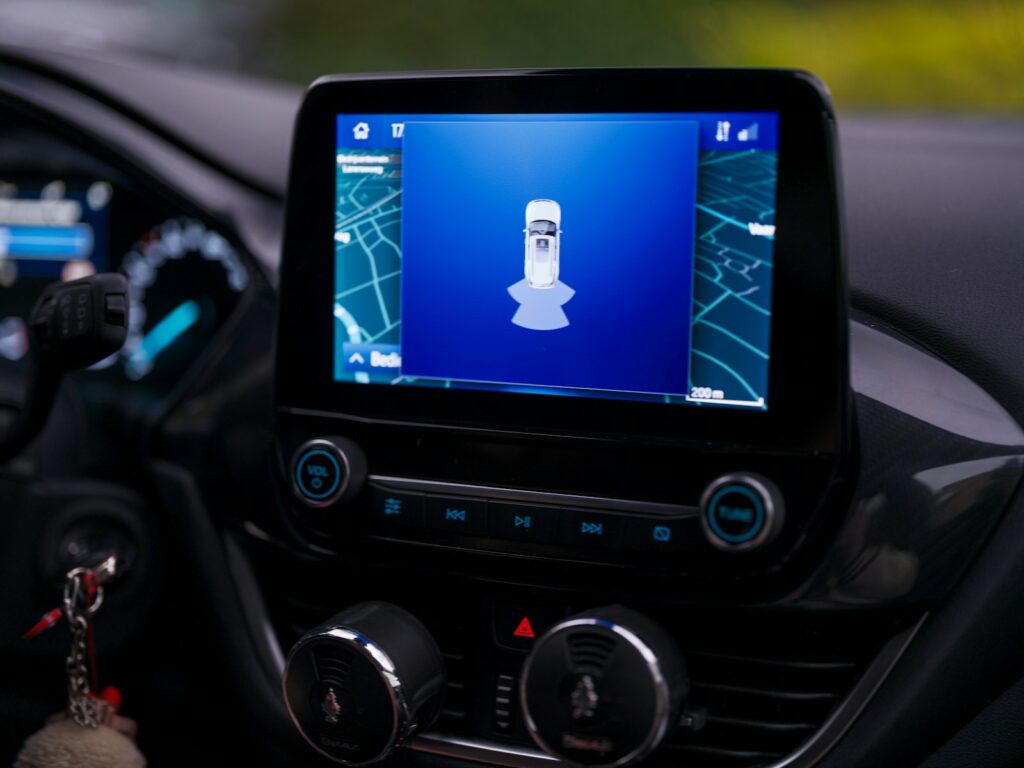
5. **Component Lifespans: What to Expect and When**When evaluating a used car, especially one with higher mileage, it’s invaluable to understand the typical lifespans of key components. This knowledge allows buyers to anticipate potential upcoming maintenance costs and negotiate more effectively. While modern cars are built to last, certain parts have generally predictable wear patterns that coincide with specific mileage ranges, regardless of how well the car has been maintained.
Critical components like the timing belt in many gasoline engines, for instance, typically require replacement between 60,000 and 100,000 miles. Neglecting this crucial service can lead to catastrophic engine failure. Automatic transmission fluid, often overlooked, should ideally be changed every 30,000 to 60,000 miles to ensure smooth operation and prolong the transmission’s life. Ignoring this can result in noticeable symptoms like brown, burnt-smelling fluid, indicative of degraded performance.
Beyond the engine and transmission, suspension components like bushings may start to show wear between 80,000 and 120,000 miles, manifesting as clunks over speed bumps or an overall looser ride. Brake rotors generally last 50,000 to 70,000 miles before pulsation under braking indicates they need attention. Even modern EV battery packs have expected lifespans, often rated for 150,000 to 200,000 miles or 8-10 years, with gradual range loss being the primary symptom of aging. Consulting the owner’s manual for specific model-year intervals is a smart move, providing a clear roadmap for anticipated maintenance.

6. **The True Cost of Ownership: Beyond the Sticker Price**Making a smart used car purchase involves looking far beyond the initial sticker price. The true cost of ownership encompasses not just what you pay upfront, but also the anticipated expenses over the years you own the vehicle, including maintenance, repairs, and depreciation. This holistic view is particularly critical when considering higher-mileage cars, where a lower purchase price might be offset by higher future costs if not evaluated carefully.
To illustrate, consider two identical compact SUVs: SUV A priced at $19,000 with 45,000 miles, and SUV B priced at $14,500 with 105,000 miles. While SUV B is significantly cheaper upfront, a projected cost-of-ownership calculation over, say, three years might reveal a different story. If SUV A is estimated to incur $3,000 in repairs and $6,000 in depreciation over three years, its true 3-year cost would be $16,000. SUV B, however, might have higher forecast repairs, perhaps $6,000, but lower depreciation due to its initial high mileage having already flattened the depreciation curve, say $3,500. This could result in a true 3-year cost of $17,000 for SUV B.
In this example, the higher-mileage vehicle, despite its lower purchase price, ends up being slightly more expensive over three years due to higher repair predictions. However, the numbers can swing the other way too. The crucial takeaway is that running these numbers, considering both anticipated repairs and future depreciation, is essential. A meticulously maintained high-mileage car with a substantially lower purchase price could indeed be the more wallet-friendly option if its repair costs are predictable and manageable, emphasizing the importance of a comprehensive financial assessment before making a decision based on mileage alone.
Navigating the used car market, particularly when considering vehicles with substantial mileage, requires a robust set of evaluation skills and strategic planning. The insights from the previous section laid the groundwork, clarifying why mileage is only one piece of the puzzle. Now, we delve deeper, equipping you with practical strategies for advanced vehicle assessment, powerful verification tools, understanding specific vehicle types, and mastering negotiation to ensure your next used car purchase is a truly smart investment.
Read more about: Beyond the Auction Block: Unearthing 14 Surprisingly Affordable Classic Cars for Enthusiasts Today
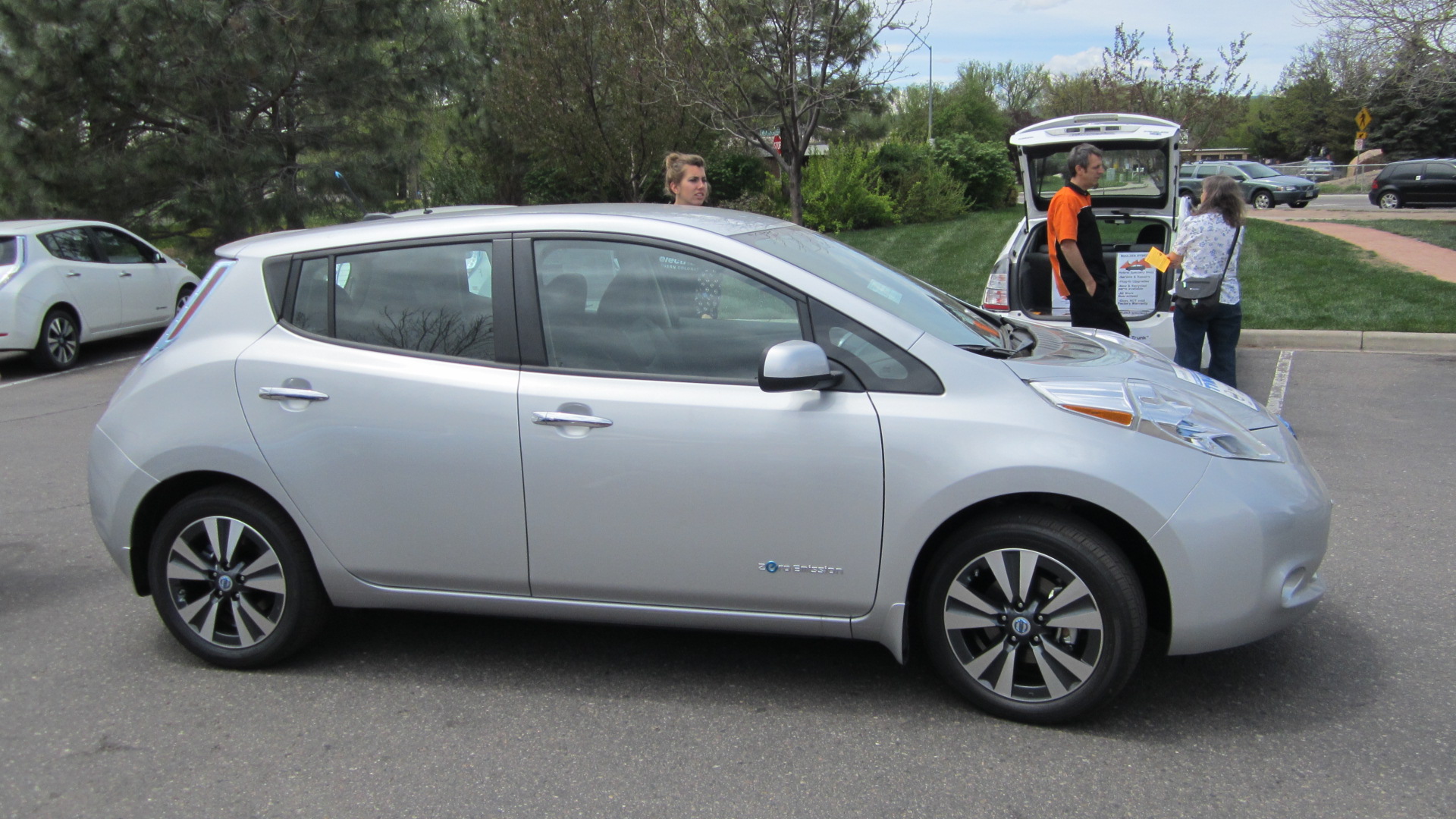
7. **Mileage Red Flags on a Test Drive** You’ve done your research, reviewed the history, and identified a promising candidate. The test drive is where the rubber meets the road, offering a critical opportunity to detect potential issues that numbers and records might miss. It’s your chance to put on a detective hat and listen intently to the car’s subtle communications. The very first moments, especially during a cold start, can be telling.
Listen for any metallic knocking or unusual squeals within the first 30 seconds of the engine turning over. These sounds can often hint at worn bearings or other significant internal engine issues that demand immediate attention. A healthy engine should start smoothly and settle into a consistent hum without dramatic protest. If the car struggles to start or makes concerning noises right away, it’s a major red flag.
Pay close attention to the transmission’s behavior. Delayed engagement when shifting into drive or reverse, or any jerky, harsh upshifts during acceleration, can be a clear sign of a pending transmission rebuild. The transmission should engage smoothly and shift gears almost imperceptibly, especially in modern automatic vehicles. Any hesitation or clunking could indicate costly repairs down the line.
While driving, assess the suspension and steering. Excess play in the steering wheel, meaning you have to turn the wheel a lot before the car responds, or noticeable thuds when you hit potholes or bumps, suggests that bushings or struts might be worn out. These components are vital for ride comfort and safety, and their replacement can be a significant expense. Finally, don’t overlook cabin clues; if the brake and accelerator pedals are worn smooth to the metal but the odometer reads only 40,000 miles, something might be amiss.
Read more about: Ralph Lauren’s Billion-Dollar Garage: A Master Curator’s Collection of Priceless Automotive Art on Wheels

8. **Verifying Mileage: Five Tools Every Buyer Should Use** In the complex world of used car transactions, verifying the stated mileage is paramount. Odometer tampering, though illegal, does occur, and a simple visual check isn’t enough to ensure accuracy. Fortunately, several effective tools and strategies are available to help prospective buyers confirm a vehicle’s true mileage and history, providing an essential layer of protection against fraudulent claims.
Begin by conducting thorough odometer tampering checks. This involves comparing the mileage recorded on the vehicle’s title, any available service records, and the dashboard reading. Look closely for mismatched screw heads around the instrument cluster, which could indicate the dashboard has been opened and potentially altered. Any discrepancies or signs of physical manipulation warrant immediate investigation and should be a cause for concern.
Vehicle-history reports from reputable providers like Carfax or AutoCheck are indispensable. These reports aggregate data from various sources, including state DMVs, police departments, and service centers, to provide a comprehensive overview of a car’s past. They can reveal critical information such as reported accidents, evidence of mileage rollbacks, and the history of ownership changes, all of which contribute to a more complete picture of the vehicle’s life story.
Another valuable tool is an OBD-II scan. By plugging in a relatively inexpensive Bluetooth scanner into the car’s diagnostic port, you can access stored data, and in some vehicles, this includes mileage logs from various modules. Comparing this digital record with the odometer can expose inconsistencies. Furthermore, leveraging dealer service portals, available from manufacturers like Toyota and Ford, allows you to enter a VIN and often retrieve official maintenance stamps, offering a direct look into the car’s service history.
Finally, and perhaps most crucially, is the pre-purchase inspection (PPI) performed by an ASE-certified mechanic. This 100-point check is arguably the cheapest insurance a used car buyer can get. A professional mechanic can spot underlying issues that even a diligent buyer might miss, from potential frame damage to engine or transmission problems, ensuring the car’s condition aligns with its advertised mileage and price.

9. **Special Cases: Hybrids, Diesels, and Luxury Vehicles** Not all vehicles are created equal, and their inherent design and purpose can significantly impact how mileage should be interpreted. Certain vehicle types present unique considerations, meaning that a blanket approach to mileage assessment can lead to misjudgments. Understanding these special cases is crucial for making informed decisions and avoiding potential pitfalls specific to these categories.
Hybrids and diesel vehicles often boast exceptional longevity compared to their gasoline counterparts. Diesel engines, known for their robust construction, are capable of lasting 50,000 to 100,000 miles longer than gasoline versions, frequently topping 300,000 miles with proper maintenance. While their blocks are beefier, buyers should be aware that injector or turbo failures can be costly. Hybrids, similarly, often have drivetrain components designed for extended use, although their battery packs have a finite lifespan, typically rated for 150,000 to 200,000 miles or 8-10 years.
Luxury cars, while offering sumptuous comfort and advanced technology, introduce a different set of challenges. Their sophisticated electronic systems, air suspensions, and specialized components can fail long before the engine gives out, leading to exorbitantly priced repairs at higher mileages. For instance, a pricey air-suspension fix at 90,000 miles can quickly overshadow the initial savings from a lower purchase price. Therefore, for luxury vehicles, mileage isn’t the only cost anchor; thorough research into model-specific failure points is essential.
Ex-rental fleets are another special case worth noting. While it’s true that rental cars are often driven hard by a variety of users, fleet maintenance programs are typically rigorous, ensuring clockwork oil changes and adherence to service intervals. Insisting on comprehensive service printouts from the rental company can provide a level of maintenance transparency often unmatched by private sellers. This documented care can sometimes make high-mileage rental cars a surprisingly reliable option if their service history is clearly verifiable.
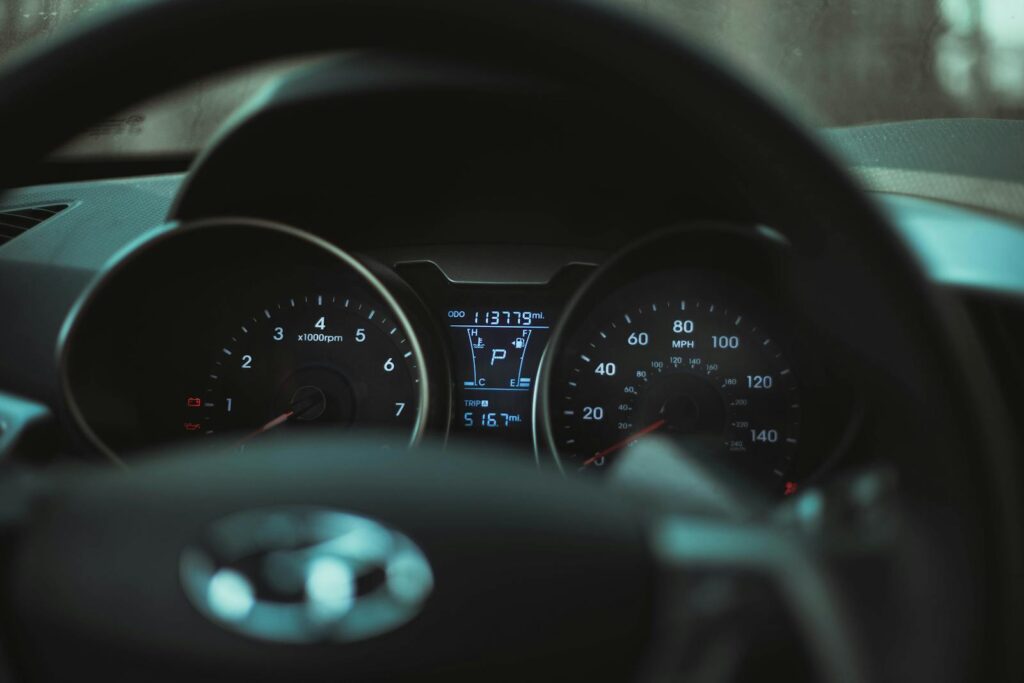
10. **High-Mileage Myths Busted: Beyond the Odometer** Despite significant advancements in automotive engineering, several enduring myths continue to color perceptions of high-mileage vehicles, often deterring buyers from potentially excellent deals. It’s time to separate fact from fiction and provide a clearer, data-driven reality about what mileage truly signifies in the modern automotive landscape. Dispelling these misconceptions empowers consumers to make more rational and economically sound decisions.
Perhaps the most pervasive myth is that “cars die at 100,000 miles.” This notion is largely a relic of past automotive eras. Today, with basic upkeep, it’s common for well-built vehicles, particularly models from brands renowned for durability like Honda or Toyota, to reliably exceed 250,000 miles, and often much more. The 100,000-mile mark is merely a maintenance milestone, not an expiration date, signaling that certain components might need attention, not that the vehicle is nearing its end.
Another common misconception is that “age is irrelevant” if the mileage is low. While ultra-low mileage might seem appealing, it can come with its own set of problems. Cars that sit unused for extended periods can suffer from dry rot in rubber seals and hoses, fluid degradation, and even corrosion in electronics. Engine and brake issues due to inactivity are also concerns, demonstrating that even a garage queen isn’t immune to the effects of time. Consistent, moderate use with proper maintenance is often healthier than prolonged inactivity.
Finally, the idea that “EVs ignore mileage” is also a myth. While electric vehicles have simpler drivetrains without complex internal combustion engines, their battery cycles and cooling systems still age. EV battery packs, for instance, typically experience gradual range loss over time and are generally expected to retain 70-80% of their capacity after 150,000 to 200,000 miles or 8-10 years, depending on climate and charging habits. Therefore, while different, EVs are not entirely exempt from mileage-related wear.

11. **Decision Matrix: Should You Walk Away or Make an Offer?** After all the inspections, reports, and test drives, the moment of truth arrives: to make an offer or to walk away. This decision requires a clear-headed assessment, integrating all the information gathered into a practical framework. Asking yourself a series of pointed questions can help solidify your choice and prevent emotional impulses from overriding sound judgment, especially when evaluating a high-mileage vehicle.
First, objectively ask yourself: does the price of this high-mileage vehicle genuinely beat market averages by at least the estimated cost of any upcoming, predictable repairs? This means crunching the numbers to ensure that the initial savings from the lower sticker price aren’t immediately negated by necessary maintenance within the first year. If the price isn’t sufficiently discounted to cover these anticipated costs, the value proposition diminishes considerably.
Next, consider your financial readiness for the unexpected. Can you comfortably afford a potential $1,500 surprise repair within the first year of ownership? Even with diligent inspections, used cars can present unforeseen issues. Having an emergency fund specifically for car repairs provides a crucial buffer and peace of mind. Additionally, assess your projected usage: will you be adding 15,000 miles a year, or just 5,000? Your driving habits directly impact how quickly the car will accumulate more mileage and, consequently, how soon other components might wear out.
Finally, factor in any external constraints, such as financing limitations. Does your bank or preferred lender cap financing at a certain mileage, perhaps 125,000 miles? This can dictate whether a purchase is even feasible, regardless of the car’s condition. If three or more of these questions raise significant eyebrows, it’s usually a strong indicator to walk away. Otherwise, you might be holding a solid bargaining chip for a reliable, value-driven purchase.
12. **Negotiation Tactics for High-Mileage Vehicles** Approaching negotiations for a high-mileage used car requires confidence, data, and a clear strategy. Your goal is to leverage the mileage, combined with any identified maintenance needs, to secure the best possible price. Remember, a higher odometer reading often translates to a greater willingness from sellers to negotiate, especially if you present a well-reasoned argument backed by facts.
One of the most effective tactics is to leverage upcoming maintenance requirements. If your pre-purchase inspection or review of the owner’s manual indicates that a significant service, like a timing belt replacement, is due soon, use this information to your advantage. You can present an argument along the lines of, “The timing belt is due, which is a critical service costing around $800; can we adjust the price accordingly?” This shows you’ve done your homework and are factoring in immediate out-of-pocket expenses.
Always come armed with data printouts. Websites like NADA Guides or Kelley Blue Book provide average sale prices for similar vehicles based on make, model, year, and mileage. Presenting these objective market values can help anchor the negotiation, especially if the seller’s asking price is above what the market dictates for a car with its specific mileage. Factual information helps shift the conversation from subjective opinions to objective figures, strengthening your position.
Finally, consider extended warranties with caution. While they offer peace of mind, they are not always a sound investment. If you opt for one, ensure it provides exclusionary coverage (meaning it covers everything unless specifically excluded) and costs under $2,000. For many, a smarter approach is to save that money in a dedicated repair fund. Sometimes, skipping the warranty and banking the cash provides more financial flexibility to cover any unforeseen issues that may arise, allowing you to drive off with confidence in your high-mileage, value-packed vehicle.
Used-car shopping can often feel like navigating a complex maze of numbers and promises. Yet, armed with the right knowledge and a methodical approach, you truly hold the power to make an informed decision. Remember, mileage is merely one gauge on the dashboard, a starting point for the car’s story. By keeping your focus on the entire instrument cluster—meticulous maintenance records, the vehicle’s comprehensive condition, and the true cost of ownership—you can skillfully steer clear of buyer’s remorse. Embrace the journey of discovery, schedule those crucial pre-purchase inspections, and drive off with the confidence that every mile ahead, even on a higher-mileage vehicle, is a smart one for you and your wallet. Happy hunting!”
Read more about: 10 Dirt-Cheap Classic American Cars That Turn Heads Everywhere They Go for Under $10,000

